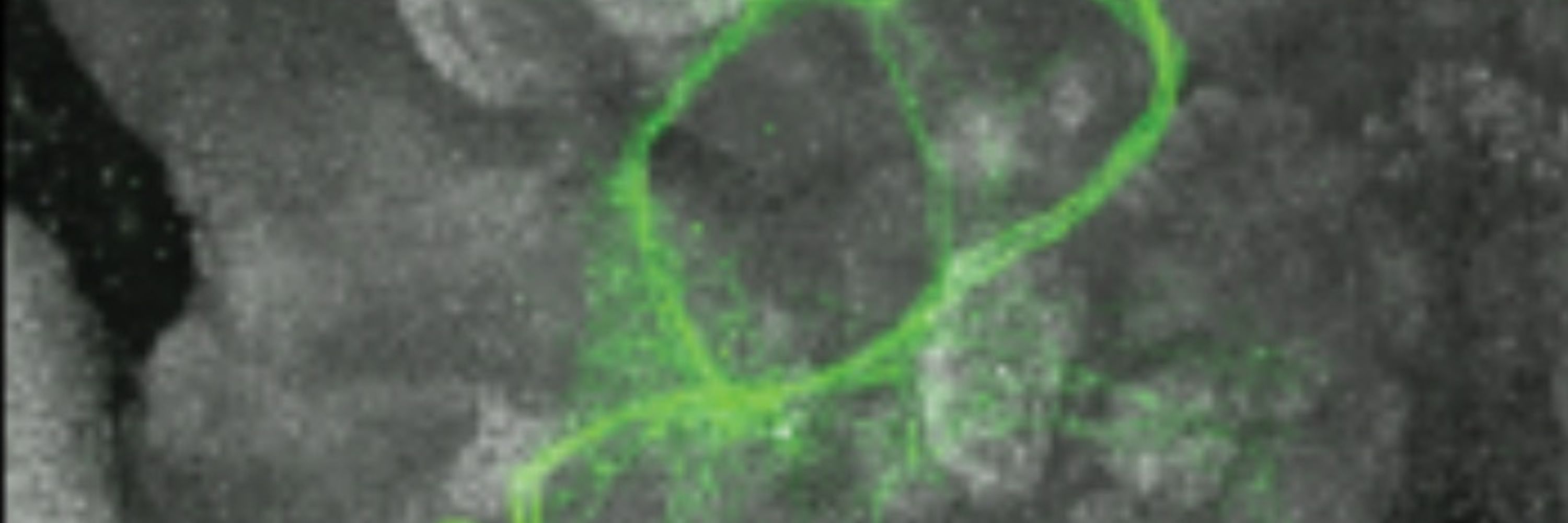
This collaborative work (co-led by Adriane Otopalik and Gerry Rubin) examines how neuronal circuits regulate social behaviors, like courtship🫶 and aggression🥊, across sexes. #neuroscience #Drosophila #WomenInSTEM 🧪1/
rdcu.be/eRWuD
Great team effort, led by @enriberti.bsky.social first at @unil.bsky.social and now @unifr.bsky.social; with fantastic collaborators @ribeirocarlitos.bsky.social and @dahaniel.muench.bio.
rdcu.be/eRWuD
Great team effort, led by @enriberti.bsky.social first at @unil.bsky.social and now @unifr.bsky.social; with fantastic collaborators @ribeirocarlitos.bsky.social and @dahaniel.muench.bio.
With @tomtom-auer.bsky.social team, we asked how #evolution reshapes what animals #eat to match their ecological niches. Using pan-neuronal Ca2+ imaging, we show that the changes are in how the brain processes #taste.
Link @nature.com: www.nature.com/articles/s41...

With @tomtom-auer.bsky.social team, we asked how #evolution reshapes what animals #eat to match their ecological niches. Using pan-neuronal Ca2+ imaging, we show that the changes are in how the brain processes #taste.
Link @nature.com: www.nature.com/articles/s41...
Thrilled to share our latest study led by postdoc
@gera_jayati
published in eLife.
👉 doi.org/10.7554/eLif...
Continue reading for a summary. 🧵

Thrilled to share our latest study led by postdoc
@gera_jayati
published in eLife.
👉 doi.org/10.7554/eLif...
Continue reading for a summary. 🧵
“Sensory processing reformats odor coding around valence and dynamics”
www.biorxiv.org/content/10.1...
We ask: how is a sensory code transformed across multiple stages of processing to inform behavior?

“Sensory processing reformats odor coding around valence and dynamics”
www.biorxiv.org/content/10.1...
We ask: how is a sensory code transformed across multiple stages of processing to inform behavior?
Check it out on @biorxiv-neursci.bsky.social :
doi.org/10.1101/2025...

Check it out on @biorxiv-neursci.bsky.social :
doi.org/10.1101/2025...

Spooky new preprint from our lab on the cells and circuits that mediate nociceptive behaviors in adult Drosophila, led by graduate student (and newly minted PhD!) @jonesjes.bsky.social.
🪰⚡👻🎃
www.biorxiv.org/content/10.1...

Spooky new preprint from our lab on the cells and circuits that mediate nociceptive behaviors in adult Drosophila, led by graduate student (and newly minted PhD!) @jonesjes.bsky.social.
🪰⚡👻🎃
www.biorxiv.org/content/10.1...
doi.org/10.1523/JNEU...

doi.org/10.1523/JNEU...
Good news is stopgap contributions will keep core FlyBase operations active. But community support remains essential. Please donate @FlyBase and share! 1/2
tinyurl.com/FlyBase

Good news is stopgap contributions will keep core FlyBase operations active. But community support remains essential. Please donate @FlyBase and share! 1/2
tinyurl.com/FlyBase
www.biorxiv.org/content/10.1...

www.biorxiv.org/content/10.1...
This collaborative work (co-led by Adriane Otopalik and Gerry Rubin) examines how neuronal circuits regulate social behaviors, like courtship🫶 and aggression🥊, across sexes. #neuroscience #Drosophila #WomenInSTEM 🧪1/
This collaborative work (co-led by Adriane Otopalik and Gerry Rubin) examines how neuronal circuits regulate social behaviors, like courtship🫶 and aggression🥊, across sexes. #neuroscience #Drosophila #WomenInSTEM 🧪1/
We discovered that the fruit fly #drosophila erecta requires food odor to mate and arousal is further enhanced by social group motion.
Cross-species analysis of brain activity reveals a novel gate evolved from within a conserved circuit
shorturl.at/gGYm7

We discovered that the fruit fly #drosophila erecta requires food odor to mate and arousal is further enhanced by social group motion.
Cross-species analysis of brain activity reveals a novel gate evolved from within a conserved circuit
shorturl.at/gGYm7

“Sexual dimorphism in the complete connectome of the Drosophila male central nervous system” www.biorxiv.org/content/10.1...
We describe the #connectomics reconstruction and analysis of an entire adult #maleCNS #drosophila central nervous system. 1/10
“Sexual dimorphism in the complete connectome of the Drosophila male central nervous system” www.biorxiv.org/content/10.1...
We describe the #connectomics reconstruction and analysis of an entire adult #maleCNS #drosophila central nervous system. 1/10

Original idea from @albertomarina.bsky.social and, as usual, he was right.
www.biorxiv.org/content/10.1...

Original idea from @albertomarina.bsky.social and, as usual, he was right.
www.biorxiv.org/content/10.1...
Menstruation is understudied due to societal taboos + a biological challenge: mice (a key system for research + drug discovery) don’t menstruate.
@cagricevrim.bsky.social made menstruating mice + used them to discover early events in menstruation.
He is on the job market!
@karalmckinley.bsky.social
We built the first transgenic model of menstruation in mice.
We used it to uncover how the endometrium organizes and sheds during menstruation. 🧪
www.biorxiv.org/content/10.1...
🧵

Menstruation is understudied due to societal taboos + a biological challenge: mice (a key system for research + drug discovery) don’t menstruate.
@cagricevrim.bsky.social made menstruating mice + used them to discover early events in menstruation.
He is on the job market!
@karalmckinley.bsky.social
We built the first transgenic model of menstruation in mice.
We used it to uncover how the endometrium organizes and sheds during menstruation. 🧪
www.biorxiv.org/content/10.1...
🧵

@karalmckinley.bsky.social
We built the first transgenic model of menstruation in mice.
We used it to uncover how the endometrium organizes and sheds during menstruation. 🧪
www.biorxiv.org/content/10.1...
🧵
www.biorxiv.org/content/10.1...

www.biorxiv.org/content/10.1...
🔗 https://hhmi.news/4o3EJnk
🔗 https://hhmi.news/4o3EJnk

www.biorxiv.org/content/10.1...
www.biorxiv.org/content/10.1...
www.biorxiv.org/content/10.1...

www.biorxiv.org/content/10.1...



